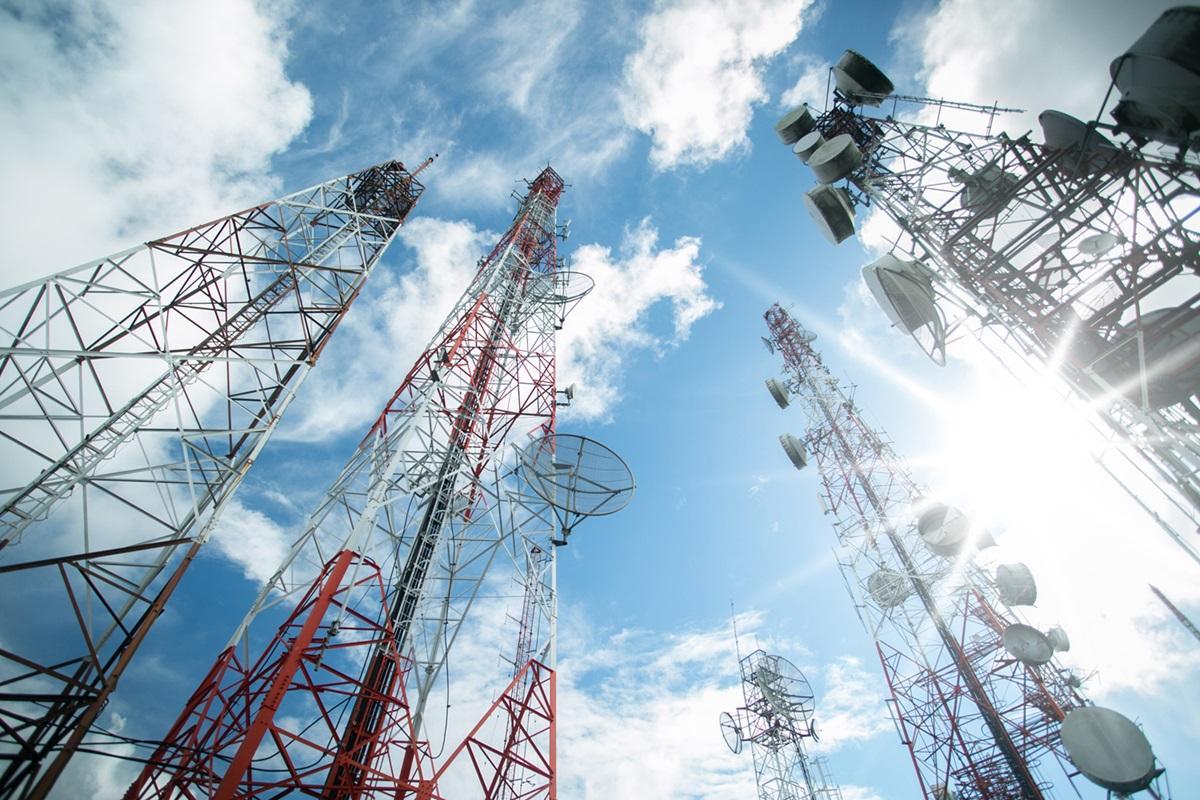EMF Exposure in Work Environments: Understanding the Risks and Regulations

Modern technology use has dramatically increased our exposure risks to human-made electromagnetic fields (EMF). Although EMFs occur naturally, for example from the sun or earth’s rotation, it is the increase in human-made sources that has made EMFs an increasing topic of concern.
Over exposure to EMFs has been the subject of some research and scientific investigation. While some studies have suggested potential health risks associated with prolonged and intense EMF exposure with symptoms such as insomnia, fatigue, headaches), it is important to note that the scientific community has yet to reach a consensus.
Nonetheless, in light of ongoing research into the health impact of EMF exposure, regulatory bodies and health organizations – including the World Health Organization (WHO) – have established exposure limits and safety guidelines designed to protect individuals from potential risks associated with EMFs. These guidelines are precautionary and are recommended to ensure the safety and well-being of the general population.
Understanding and managing the potential health and business risks associated with EMF exposure is crucial in maintaining a safe work environment. We’ll offer insight into what EMF is and focus on which industry factors may place your workforce at greater risk of exposure, and how to navigate regulations around exposure limits.
What Are Electromagnetic Fields (EMF)?
Electromagnetic fields are a combination of electric and magnetic fields that are produced by the movement of charged particles. These fields are a fundamental part of the physical world, existing naturally in various forms, and can also be created artificially. Some examples of Human-made sources include:
- Common electronic devices such as cellphones, computers, televisions, and household appliances emit EMFs during their regular operation.
- Power lines and the overall electrical grid are significant sources of electromagnetic fields, particularly in proximity to high-voltage power lines.
- Wireless communication infrastructure such as cell towers, Wi-Fi routers, and other communication devices are notable sources of EMFs.
Common Industries that have EMF Exposure
- Technology industry
- Retail industry
- Office workers
- Energy sector
EMF Regulations in the European Union
Electromagnetic field regulations in the European Union (EU) are essential directives formulated to safeguard people and the environment from the potential risks associated with hazardous radiation.
Directive 2013/35/EU sets forth the minimum health and safety requirements pertaining to occupational EMF exposure. Each EU member country is required to implement the directive into its legal framework. This implementation ensures that appropriate laws and regulations are in place to control EMF exposure effectively.
Before the enactment of regulations, rigorous radiation monitoring is conducted by national or international bodies. This involves measuring external radiation dose rates in the environment and evaluating the potential health effects on humans. These assessments serve as a foundation for establishing regulatory laws.
Various EU member countries, including France, Ireland, Northern Ireland and the UK, have established specific regulations aligned with the EU directive. These regulations detail exposure limits, safety conditions, and guidelines to protect workers from EMF hazards in their respective jurisdictions.
Tip to help EHS professionals manage compliance
EHS professionals operating within the EU should have a strong understanding of regulations related to electromagnetic fields (EMF) to ensure compliance and maintain a safe work environment. Others should prepare for the arrival of potential future regulations in other regions.
The EU regulations emphasize the importance of employers communicating EMF exposure levels to employees, assessing exposure limit values, and taking appropriate actions to ensure compliance.
Here are actions EHS leaders can take to ensure their organizations remain compliant.
- Conduct risk assessments: EHS professionals should conduct comprehensive risk assessments to evaluate EMF exposure levels in the workplace, involving measurements, calculations, and comparisons with allowable limits.
- Develop action plans: In case of potential exceedance of action levels and exposure limit values, EHS professionals should create action plans. These plans may include implementing engineering controls, administrative measures, or personal protective equipment to ensure compliance.
- Employee training and awareness: EHS professionals should ensure employees are well informed about EMF risks and safety measures. Effective communication of signs, access restrictions, and best practices is crucial.
- Implement health surveillance: Establishing health surveillance programs as mandated by the regulations, EHS professionals should conduct regular health check-ups and maintain comprehensive records of findings to monitor employee well-being. Individual risk assessments should also be conducted for workers with specific risks, such as pregnant employees or those with implanted medical devices, taking into account their unique circumstances.
- Stay updated and ensure compliance: EHS professionals need to stay updated on regulatory changes, equipment, work processes, and exposure levels. Continuous compliance with regulations is crucial, necessitating reevaluations and adjustments to safety measures as needed.
Maintaining compliance with EU EMF regulations is essential for the well-being of employees and the legal standing of businesses. EHS professionals play a critical role in ensuring that workplaces adhere to these regulations, minimizing risks associated with EMF exposure, and fostering a safe and healthy work environment.
Learn how Antea Group’s Health & Safety (EHS) Consulting services can help you stay compliant with rapidly changing regulations.

